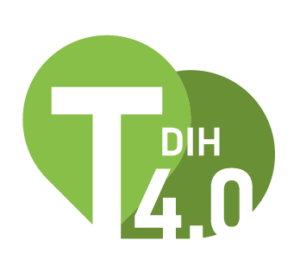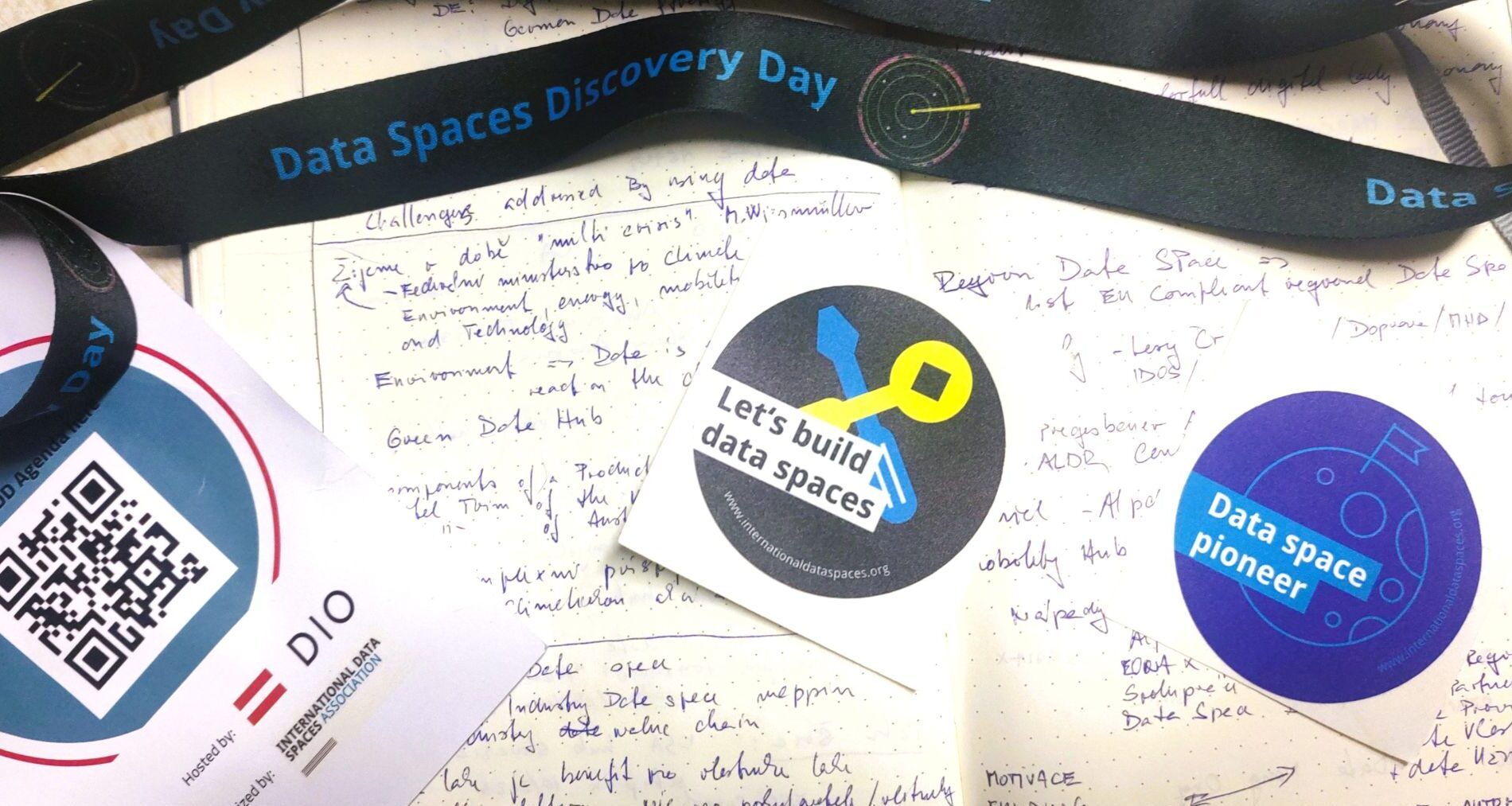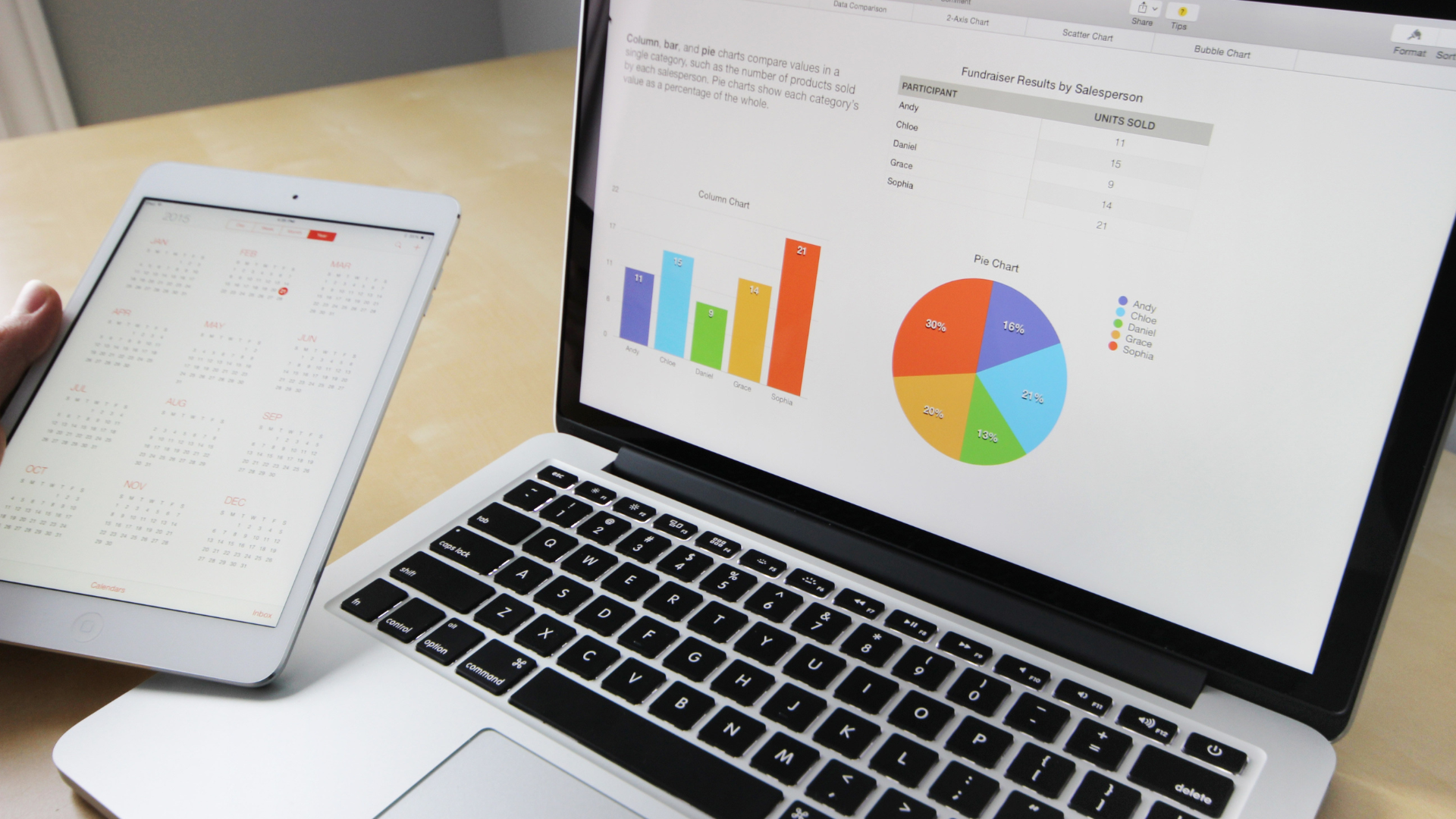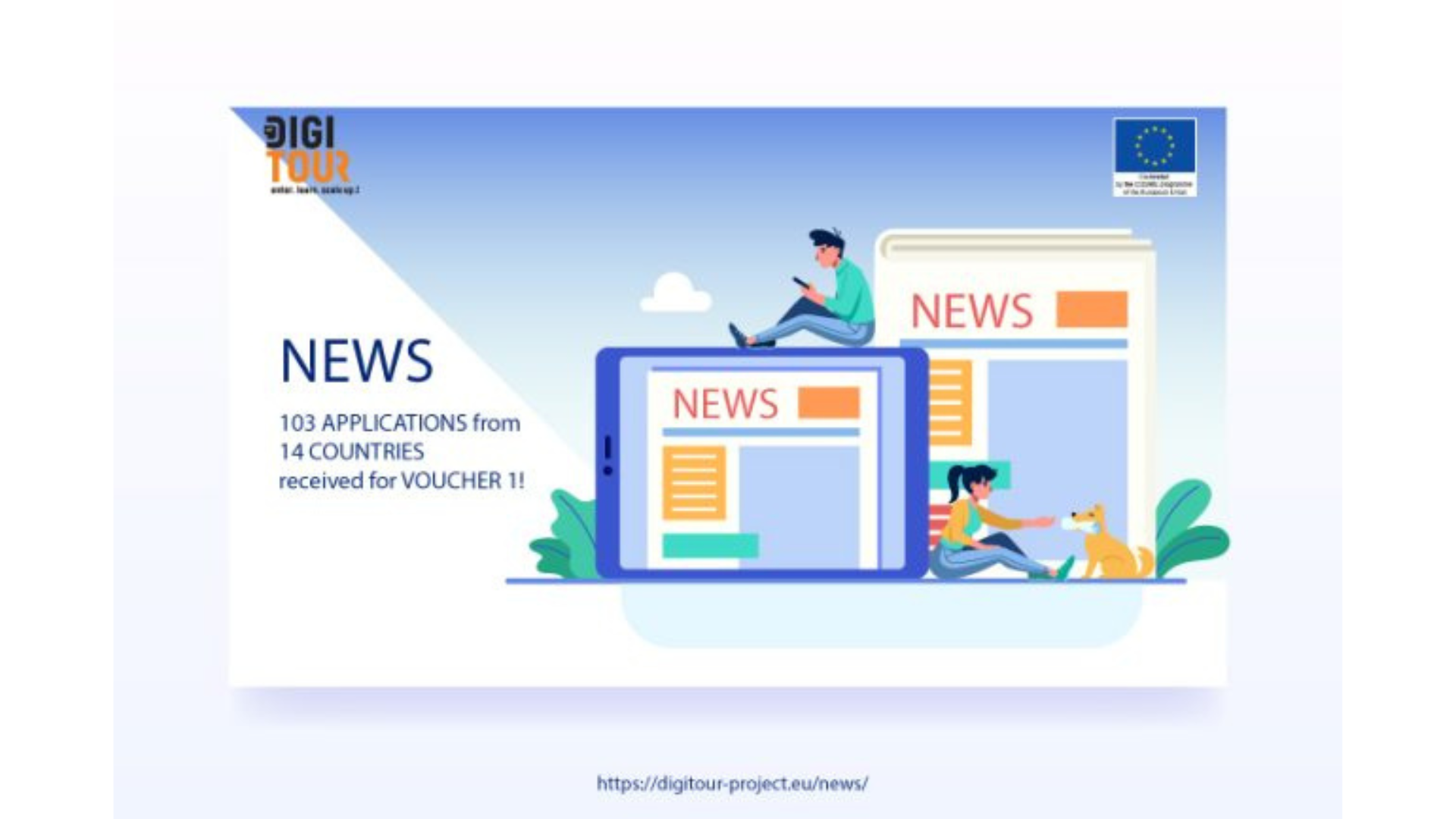UNVEILING USE CASES
FOR THE EUROPEAN TOURISM
DATA SPACE
In the quest to define the minimum viable Data Space for the European Tourism Data Space (ETDS), DATES and DSFT have embarked on a journey of use case development. These use cases play a pivotal role in shaping the evolution of the data space, offering scenarios that tackle real-world challenges, inspire stakeholder participation, and inform the data space's governance and technological features.
Fuelling Progress: The Power of Collaboration
Both DATES and DSFT have been instrumental in developing use cases for the ETDS. DATES has contributed eight detailed use cases, as outlined in Chapter 3 of Deliverable D2.3, titled “Identification of Data Typology and Priority List of Datasets, Potential Use Cases, and Common Building Blocks with Other Data Spaces.” Additionally, an extensive list of 26 use cases is available in Annex III of the same deliverable, providing a comprehensive perspective on potential ETDS applications. Simultaneously, DSFT has added four theoretical use cases, documented in Chapter 3 of the “Data Space for Tourism Design: Technical Report”.
Best practices for Crafting New Tourism Use Cases
To ensure the ETDS remains adaptable and aligned with evolving needs, here are some best practices to consider when developing new tourism use cases:
1. Stakeholders’ Consultation: Collaboration with stakeholders is paramount in identifying needs that the data space can address and in defining use cases, including datasets and stakeholder roles.
2. Data Privacy: Vigilance in identifying datasets containing personal data and ensuring compliance with data protection regulations.
3. Multi-Sector Collaboration: Extending collaboration to sectors directly or indirectly connected to tourism broadens the data space’s scope and applicability.
4. Sustainability: Incorporating at least one dimension of sustainable tourism in each use case aligns with global sustainability goals

Key Components of an Effective Use Case
A well-structured use case should include the following elements:
● Title: A concise and descriptive title capturing the essence of the use case.
● Problem(s)/Need(s): Clear articulation of key stakeholders’ needs or problems that the use case aims to address, with an emphasis on resilience and sustainability.
● Desired Solution: Description of how the data space can address the identified problems or needs.
● Needed Data Types: Categorization of the data types required to solve the identified problems or needs.
● Needed Datasets per Data Type: Specification of the primary datasets needed for each data type, including the level of granularity.
● Stakeholders and Roles: Identification of main stakeholder categories involved in data sharing, distinguishing their roles as data providers, data consumers, and final users.
● Stakeholders’ Relations and Data Exchange: Clear outlining of which datasets are provided and consumed by various stakeholder categories within the context of the use case.
● Application of the Solution: Discussion on the adaptability of the same use case to different contexts or purposes and its scalability at various geographical levels.
The development of use cases is a cornerstone of the ETDS journey. By adhering to best practices and thoughtfully constructing use cases, stakeholders ensure that the ETDS remains flexible, inclusive, and aligned with the diverse needs and sustainability goals of the European tourism industry.
Disclaimer
Funded by the European Union. Views and opinions expressed are however those of the author(s)
only and do not necessarily reflect those of the European Union or Research Executive Agency.
Neither the European Union nor the granting authority can be held responsible for them.

© DATES Consortium, 2023.
The DATES project has received funding from the Digital Europe Programme under Grant Agreement no 101084007.
Reproduction is authorised provided the source is acknowledged.




















